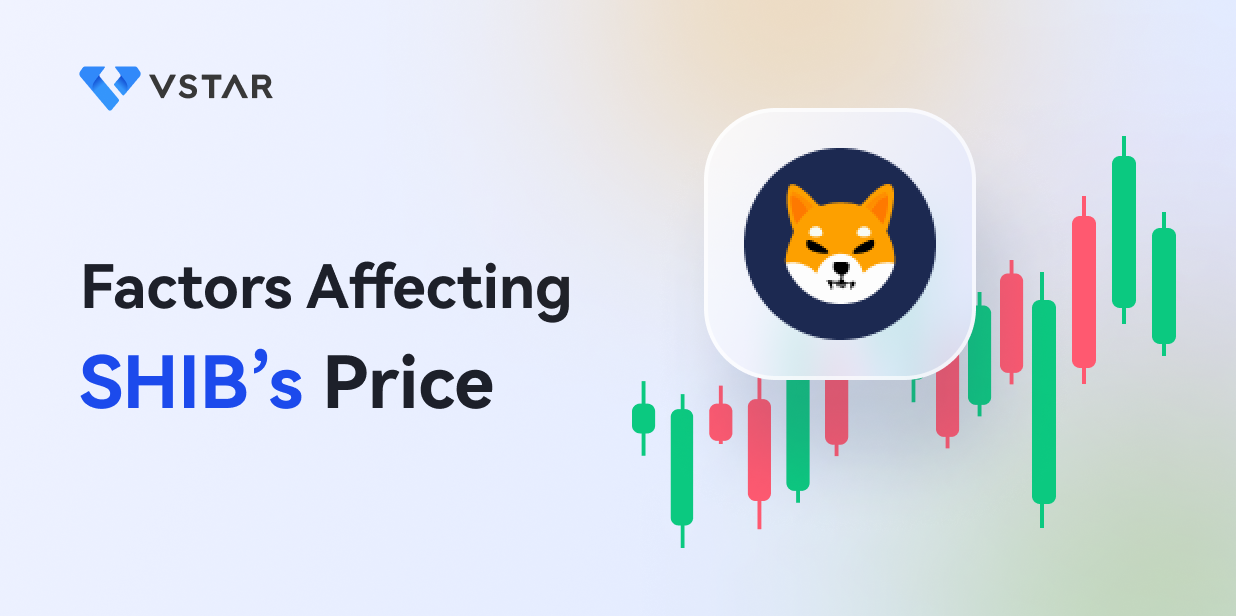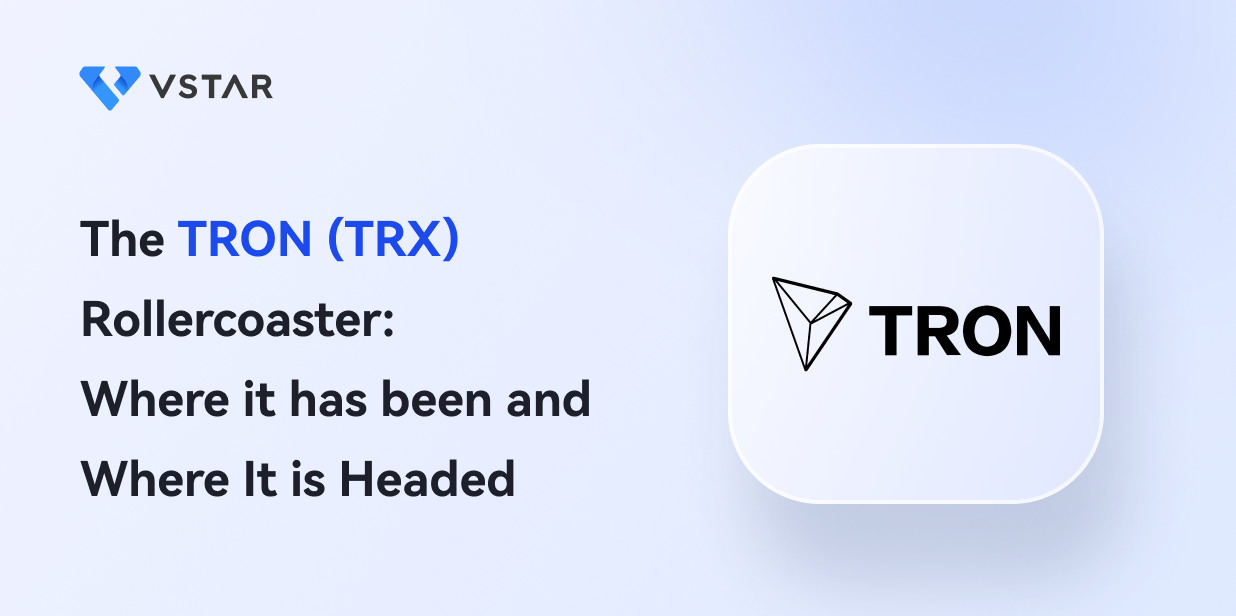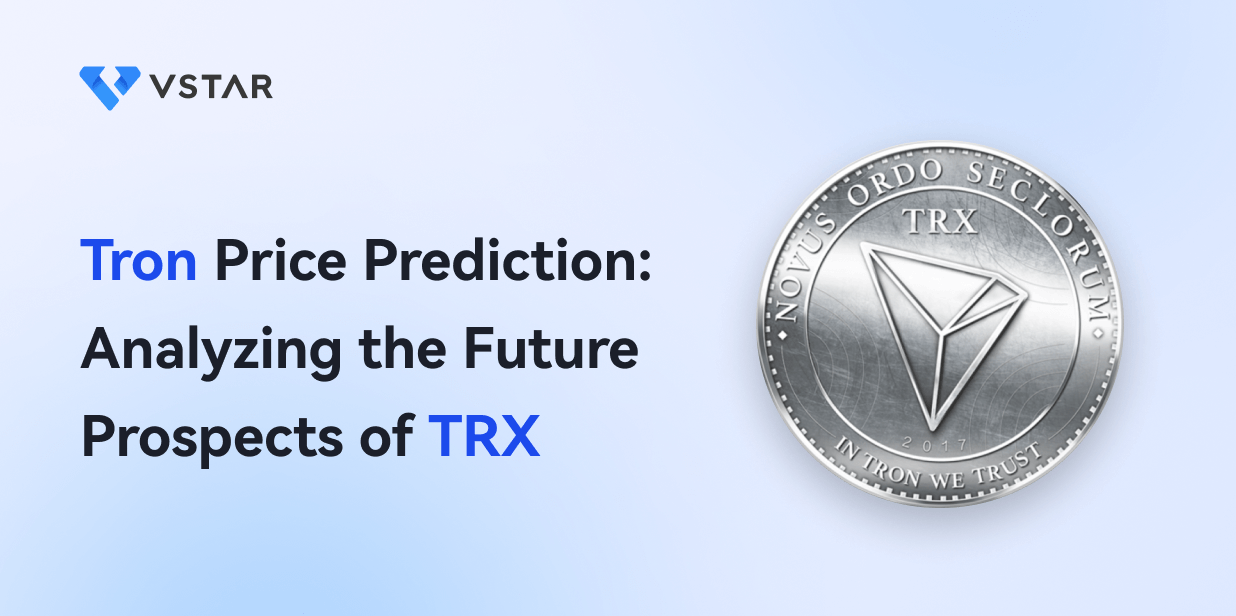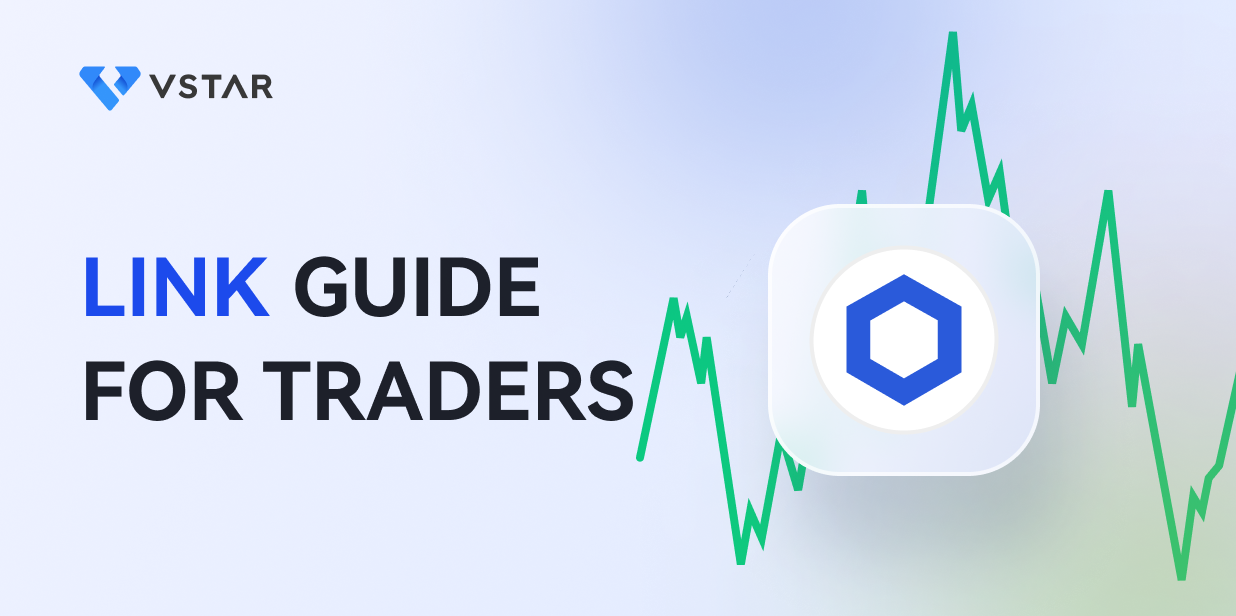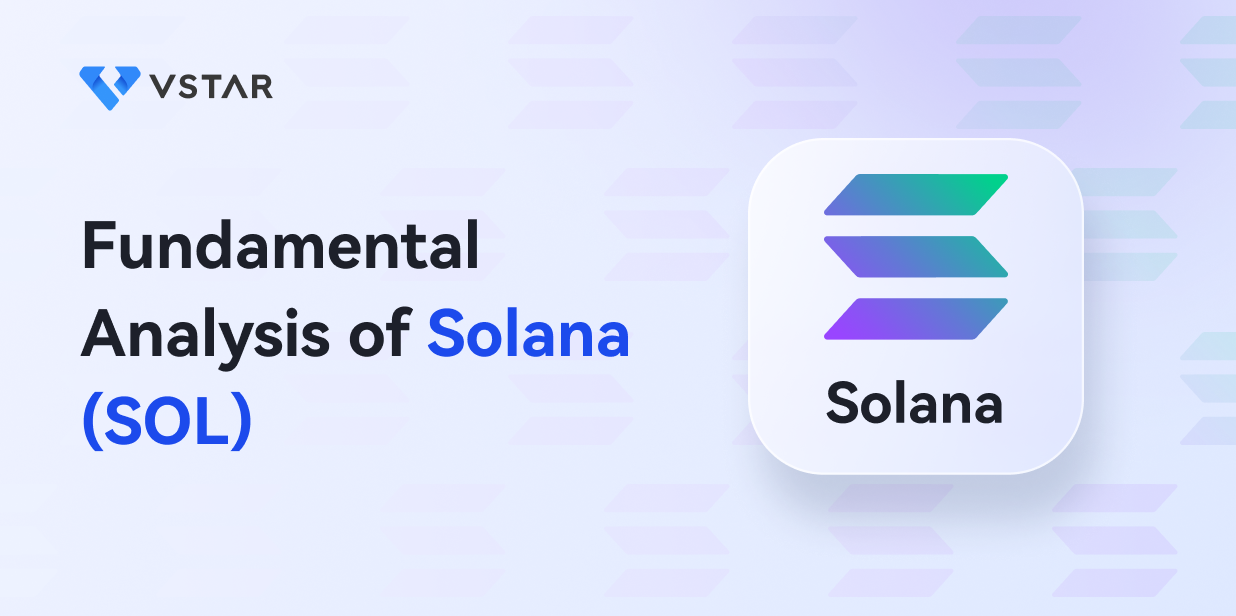In a normal market, prices of commodities and services keep fluctuating. It is also experienced in the world of cryptocurrencies, which is a relatively new market. Often, you’ll see long and short-term swings in the prices of cryptocurrencies.
SHIB is one of the new cryptocurrencies launched on August 2020, and within nearly 4 years of its existence, it has seen unprecedented price changes from time to time. For instance, around June 2021, SHIB’s price was at $0.00000559; by October 2021, it was at $0.00008845. About two years later, SHIB’s price ranges at about $0.00000993 per token. For a price change, there must be underlying factors like supply and demand on to trigger it.
Why does it even matter to understand the factors that influence SHIB’s price? Price fluctuation is a key consideration when trading or investing in SHIB or any other cryptocurrency. For example, in CFD trading, you profit by predicting price changes of SHIB CFDs. Also, long-term investors usually intend to buy SHIB tokens at lower prices and sell high to make profits. Now, let’s explore various factors influencing SHIB’s price that you should understand.
7 Factors That Affect SHIB’s Price
1. Supply and demand
The law of supply and demand outlines that the relationship between supply and demand determines the price. It’s based on four principles, as shown down here:
· When supply increases and demand is constant, price go down
· When supply decreases and demand is constant, the price goes up
· When supply is constant and demand increases, the price goes up
· When supply is constant and demand decrease, the price goes down
It’s pretty evident in the crypto market, whereby cryptocurrency’s value is determined by the supply (the number of coins/ tokens available for purchase) and demand (the number of coins needed for purchase/use) in the market. For instance, if the SHIB token is scarce, but there are more buyers, and fewer tokens are generated over time, SHIB’s price could go up pretty fast. Conversely, suppose there is a good supply of SHIB tokens to buyers, but the demand is constant or decreasing; the price will definitely go down.
2. Market sentiments
Market sentiment is another factor that plays a significant role in determining SHIB’s price. What is it? Market sentiment refers to investors' overall attitude or outlook towards a particular market. Often, a cryptocurrency's overall market trend or price movement is a revelation of investors’ biasness in the market. When market sentiments favor SHIB, more people tend to invest in it, leading to a price change, specifically a price rise. The opposite could happen if investors are pessimistic about SHIB.

There are key indicators of market sentiments that influence SHIB’s price. They include:
Social media activity
SHIB is a cryptocurrency with a supportive and vibrant community on social media. This approach alone significantly influences SHIB’s price. The community promotes this meme coin on social media platforms like Twitter and Reddit. As a result, it attracts some investors who end up buying or trading the token. In such a scenario, prices tend to go high. Notably, social media posts from influential individuals about cryptocurrency tend to affect its price.
However, a social media activity portraying a token's negativity could deter potential investors from investing. Also, those already in the market could pull out their investment from the market. As a result, the price tends to drop.
News developments
Every so often, investors use the news to monitor the cryptocurrency market. Similar to social media, positive news about the SHIB or another cryptocurrency tends to boost its price. However, negative/ bad news causes panic among investors, and some get out to protect their portfolios, ultimately hurting a cryptocurrency's price.
3. Adoption
Cryptocurrency adoption generally benefits the crypto market and coin/token prices. This is one factor that attracts investors. For instance, if someone intends to invest in SHIB, they’ll consider looking at its value based on how people use it. If more people are trading SHIB on crypto exchanges or brokerage firms, or it’s used as a form of payment in certain shops, it’s a good indicator. Typically, increased adoption (high adoption rate) in terms of transactions and investment leads to increased demand for SHIB, causing a price rise.
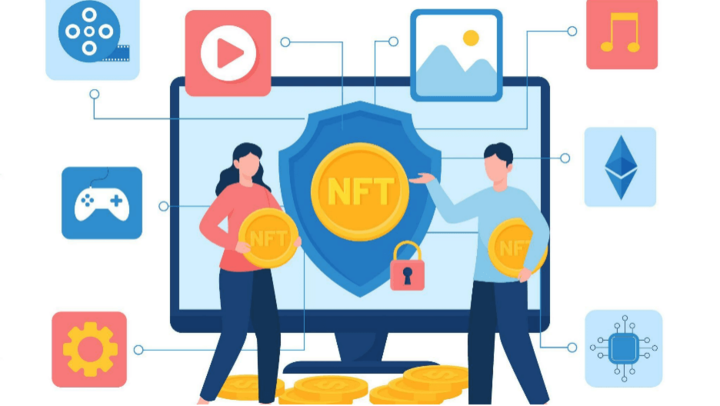
For instance, a recent partnership between Shiba Inu and BitPanda, a centralized crypto exchange, intends to make investing more accessible for their customers. As a result, most investors anticipate an increased adoption rate of SHIB tokens in terms of trading volume, ultimately driving its price higher.
4. Regulatory environment
Regulations could hurt or boost SHIB’s prices. Suppose various governments, through their respective regulatory agencies, make crypto-friendly laws such as allowing the trading and use of cryptocurrencies as a form of payment. This would increase the adoption rate and affect SHIB’s price positively.
On the flip side, if most governments develop harsh laws against cryptocurrencies, it discourages people from using or trading cryptocurrencies. As a result, SHIB’s price will eventually fall. Also, legal bans on cryptocurrencies and related activities negatively affect the prices of cryptocurrencies.
5. Technological developments
Usually, when there are technological advancements or projects associated with a cryptocurrency, and it turns out the development is of value to its users and other players in the market, coin/token prices tend to increase. The adoption rate of that cryptocurrency also increases.
For instance, Shiba Inu intends to launch Shibarium, a platform that intends to provide a fast and cost-effective way to trade and use SHIB. Investors anticipate that this technological development will boost SHIB’s ecosystem and price.
6. Competitor cryptocurrencies
The cryptocurrency market is one place that accommodates innovations, and there are constant launches of new projects. For that reason, other meme coins such as Dogecoin (DOGE), FLOKI (FLOKI) and Bone ShibaSwap (BONE) compete directly with SHIB.
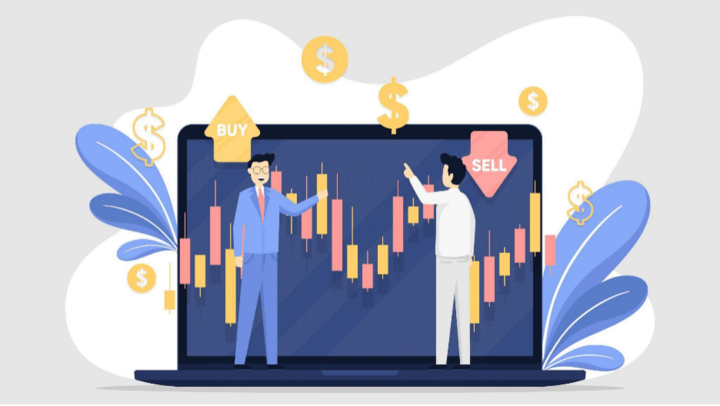
Suppose one of SHIB’s competitors builds a better network or offers an extremely useful application that surpasses what SHIB can offer; the price could be affected. SHIB’s value could gradually drop whiles the value of such a competitor increases as more people will likely invest in it.
Additionally, when the price of the largest cryptocurrency, Bitcoin, goes up, other cryptocurrencies like SHIB also see a price rise.
7. Fundamental analysis
Fundamental analysis helps determine the intrinsic value of SHIB and other cryptocurrencies based on economic and financial data. Some investors use it to determine whether a SHIB is undervalued or overvalued.
While SHIB’s price changes are majorly linked to speculation, other fundamental factors like market cap, trading volume, inflation, project team, mining operations, node counts, and code updates potentially affect SHIB prices.
Final thought
Demand, competition, regulations, and market sentiments are some factors anyone intending to invest in SHIB, especially CFD traders, must understand. It helps them determine the viability of trading opportunities by looking at the current price on the market and things that could trigger the price to a certain level or direction. Therefore, you have an edge to take high-probability trades. Additionally, you’ll at least have a little idea of how the market will likely react.
Generally, understanding these factors as a trader helps you increase your chances of becoming profitable.
